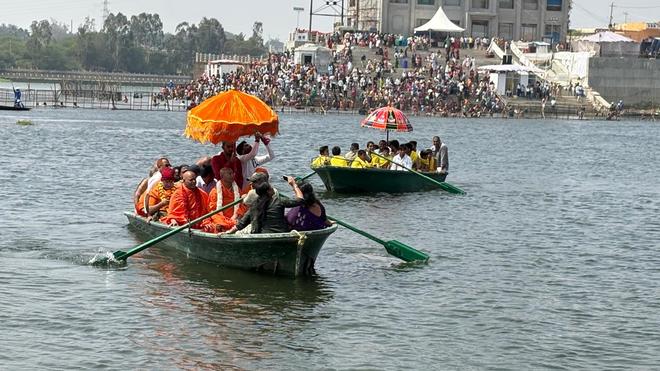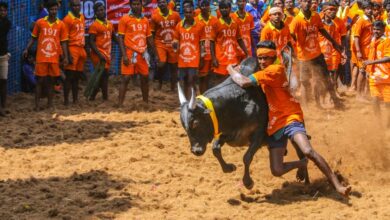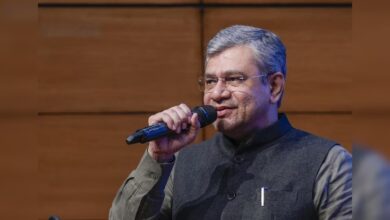
The Karnataka Kumbh Mela has begun at T. Narsipur, bringing together thousands of devotees to take a holy dip at the confluence of Cauvery, Kapila, and Spatika Sarovara. This three-day religious gathering, first organized in 1989 by revered pontiffs, serves as an alternative for those unable to attend the main Kumbh Melas at Prayagraj, Haridwar, Ujjain, or Nashik.
Spiritual Significance
Devotees believe that taking a dip at the confluence during the Kumbh Mela washes away sins and leads to moksha (liberation). The event follows the tradition of the larger Kumbh Melas, which are held at four major pilgrimage sites across India. Karnataka’s version was initiated to ensure that spiritual seekers in the South could experience the sanctity of such an event closer to home.
Rituals and Activities
Over the three days, the Mela features Ganga Aarti, religious discourses, bhajans, and yajnas conducted by eminent saints. Pilgrims, dressed in traditional attire, chant hymns and offer prayers at the riverbanks. Many ashrams and spiritual organizations participate, guiding devotees in their spiritual journey.
A Growing Attraction
Over the years, the Karnataka Kumbh Mela has gained recognition, attracting not only local devotees but also visitors from across India. The event is supported by the local administration to ensure smooth arrangements, security, and sanitation. Temporary shelters, food stalls, and medical facilities have been set up to accommodate the growing crowd.
With faith and devotion at its core, the Kumbh Mela at T. Narsipur continues to uphold a spiritual legacy, fostering a sense of unity and religious harmony.






